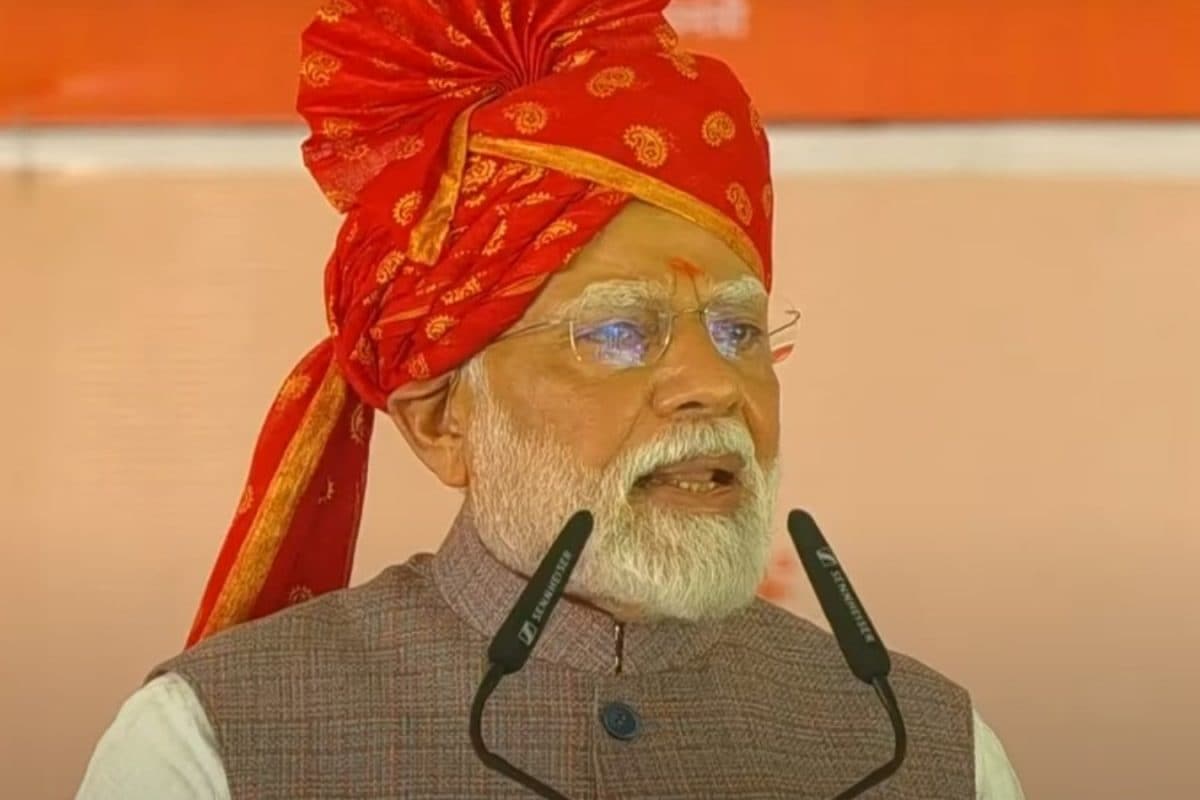

Operation Sindoor has emerged as a defining moment in India-Pakistan relations, with Prime Minister Modi hailing it as a demonstration of India's strength and resolve against terrorism. The operation, launched in early May 2025, was a direct response to the tragic terrorist attack in Pahalgam, Indian-administered Kashmir, on April 22, 2025, which claimed the lives of 26 civilians. This act of terror prompted a swift and decisive response from India, signaling a paradigm shift in its approach to cross-border terrorism.
Operation Sindoor involved precision strikes targeting terrorist infrastructure within Pakistan and Pakistan-occupied Kashmir. Indian forces successfully dismantled key facilities associated with terror outfits like Jaish-e-Mohammed and Lashkar-e-Taiba, responsible for numerous attacks against India. The operation was executed with meticulous planning, utilizing advanced technology and weaponry to minimize collateral damage and ensure maximum impact on terrorist targets. According to reports, the Indian Air Force used SCALP missiles and AASM Hammer glide bombs, while BrahMos cruise missiles and Indo-Israeli SkyStriker loitering munitions were also deployed.
PM Modi asserted that the operation has showcased India's prowess in modern warfare and the effectiveness of indigenous defense systems. He highlighted the dismantling of Pakistan's terror infrastructure, stating that Islamabad was left "reeling" from the decisive action. Modi emphasized that Operation Sindoor has set a "new normal" in counter-terrorism measures, establishing a clear message that India will retaliate firmly against any act of terror. He also underscored that India will not be intimidated by nuclear threats and will hold state sponsors of terrorism accountable.
The success of Operation Sindoor has been attributed to the seamless integration of indigenous hi-tech systems into national defense. From air defense systems to drones, and counter-UAS capabilities, indigenous technology has played a crucial role. The fusion of private-sector innovation, public-sector execution, and military vision has enabled India to not only defend its people and territory but also assert its role as a hi-tech military power.
In the aftermath of the operation, Pakistan responded with cross-border shelling and attempted drone attacks, which were effectively neutralized by India's air defense systems. India, in turn, escalated its offensive, destroying key Pakistani military installations, including airbases and communication centers. This demonstrated India's capability to respond decisively and maintain escalation dominance.
Operation Sindoor has also had significant implications for regional dynamics. Some analysts believe that it has reset the escalatory ladder, tilting it in India's favor and exposing the limitations of Pakistan's nuclear posturing. India's ability to dictate the terms of engagement, maintain escalation dominance, and avoid international backlash represents a substantive change in regional deterrence dynamics.
Furthermore, India has ensured dominance in the information domain, countering Pakistani disinformation with timely and evidence-based briefings. A symbolic moment was Prime Minister Modi's visit to Adampur airbase, where an intact S-400 system was prominently displayed, debunking Pakistani claims of its destruction and reinforcing Indian credibility.
Operation Sindoor has marked a watershed moment in India's national security strategy, combining kinetic precision with narrative control and diplomatic calibration. It has sent a strong message to Pakistan and the world that India will not tolerate terrorism and is willing to take decisive action to protect its interests.